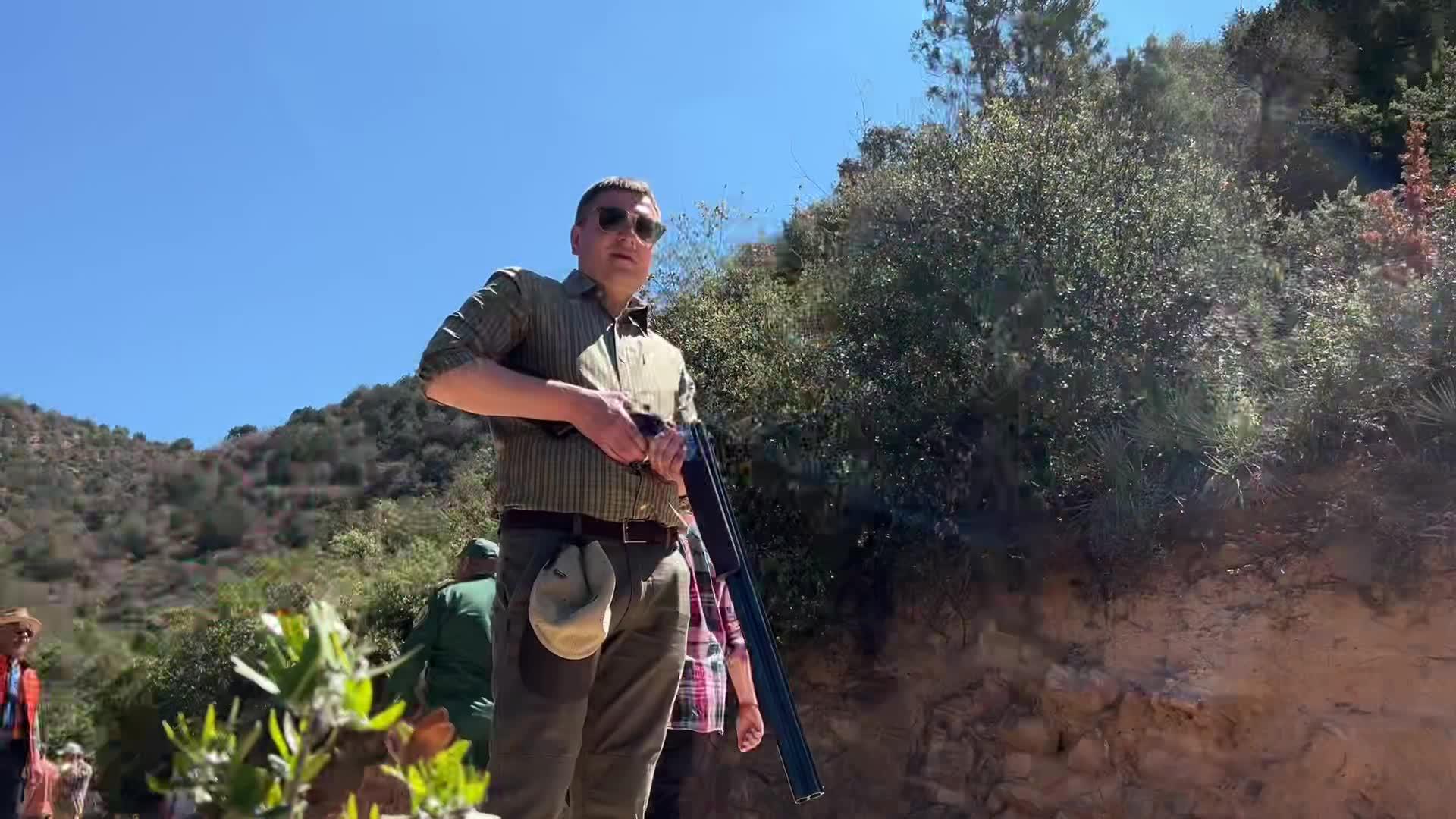
Hunting in Bouenza: Forested Terrain, Rural Hunting Demographics, and Species Variety Bouenza, a department in the Republic of the Congo, offers a unique hunting experience due to its diverse geography and rich wildlife. Hunting in Bouenza is not only rooted in cultural traditions but also shaped by natural and legal factors, making it an intriguing destination for seasoned hunters and conservation-focused enthusiasts alike. Geography and Natural Features of Bouenza Bouenza's landscape features a mix of dense tropical forests, savannahs, plateaus, and river systems. These geographic features create a range of habitats for various game species. Located in the southern part of the Republic of the Congo, Bouenza is characterized by an equatorial climate, with two rainy seasons (March to May and September to November) and two dry seasons. These seasonal patterns significantly affect hunting conditions, as animal movement and visibility vary throughout the year. The dry seasons, with les
Post: 22 July 13:40
















































